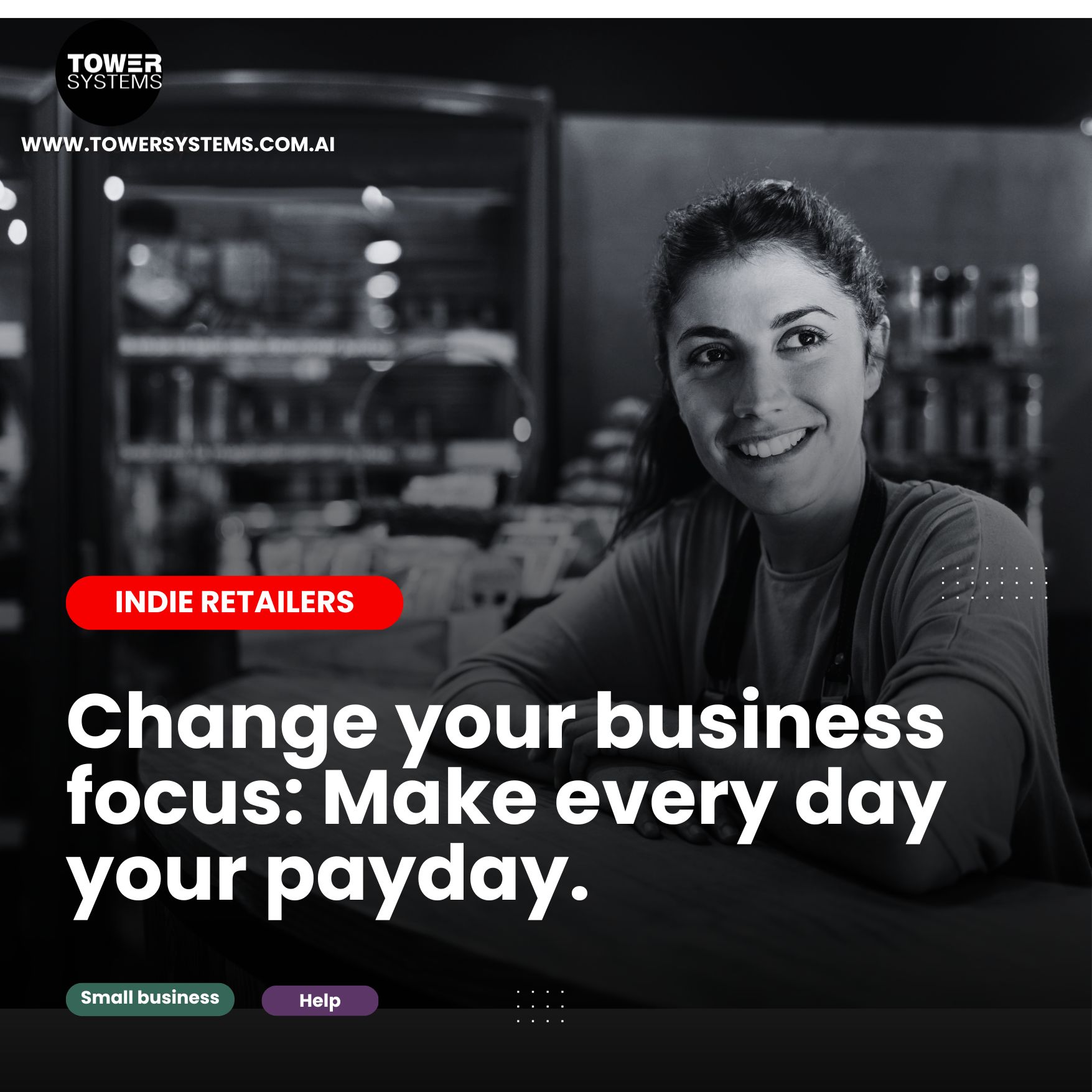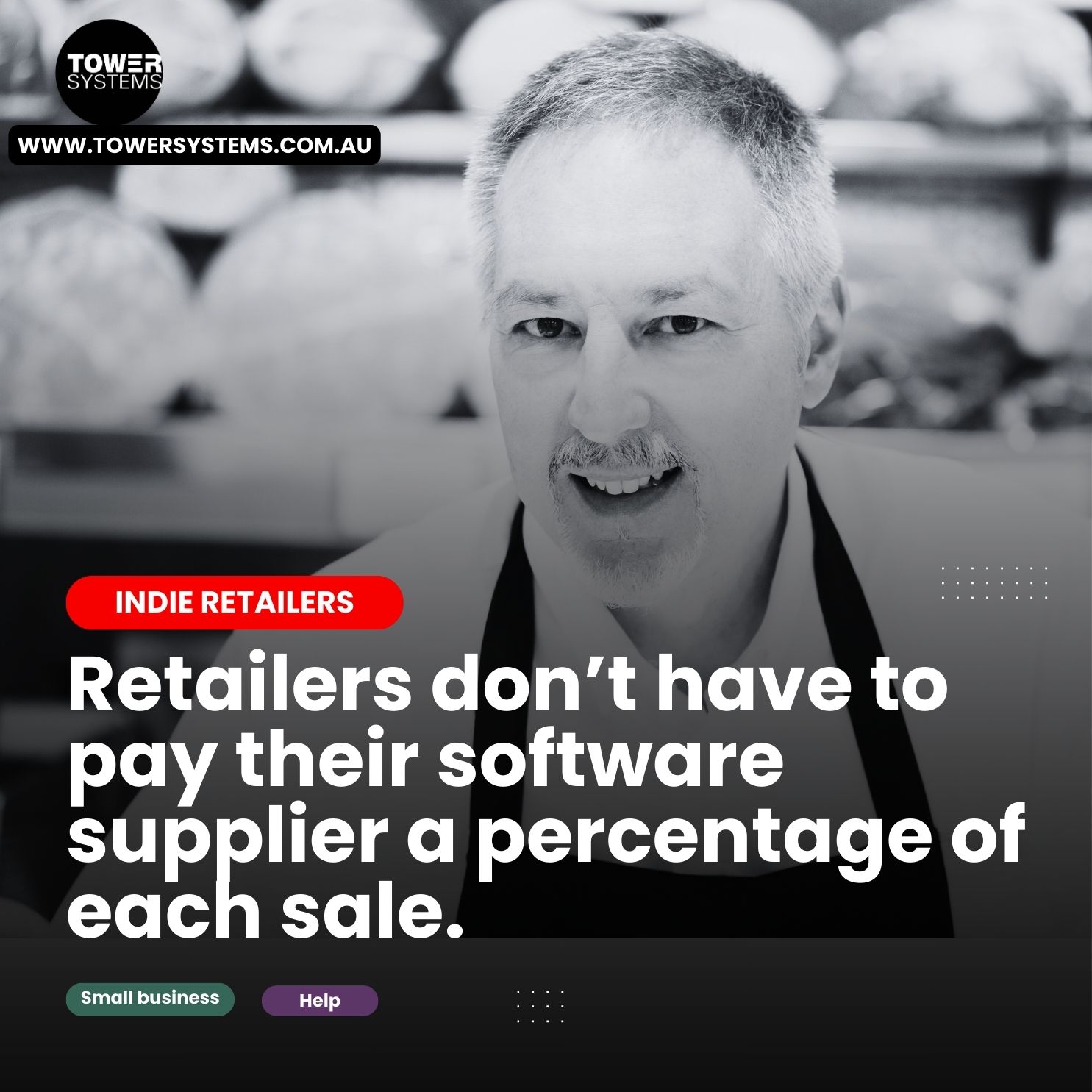Attracting visitors to your website is crucial for business growth. Fortunately, several effective strategies don’t require any financial investment. Here are five free methods from us here at Tower Systems to boost your website’s traffic:
Optimise Product Names: When listing products, always include your brand name, particularly if you sell branded items. This helps search engines to accurately index your product pages, making them easier for potential customers to find.
Enhance Product Descriptions: Go beyond basic details. Craft comprehensive product descriptions that feature your brand name and relevant keywords that customers are likely to search for. Detailed, informative descriptions can significantly improve your website’s ranking in search engine results.
Publish Regular Blog Posts: Consistent, original content is key. Aim to publish blog posts at least twice a week, ideally three times. While AI can assist with initial drafts, personalise the content to showcase your unique expertise and differentiate your business. Regular blogging enhances your website’s authority with search engines.
Develop a Comprehensive “About Us” Page: Your “About Us” page is a crucial element of building trust. Clearly state your business’s identity, values, and local presence. Include photos of yourself and your team, along with your real names and contact details, to foster confidence among potential customers.
Utilise Free Marketplaces: Explore free online marketplaces to expand your reach. Like www.findit.com.au. This is a platform where you can list your products, allowing your product data to be automatically displayed and linked back to your website. This provides an additional avenue for customers to discover your business.
Here are some more comprehensive advice on this points. This advice is from years of work we have done for our website connected POS software customers.
1. Optimise Product Names: Getting Found Through Specificity
Optimising your product names is about making your products discoverable. When a potential customer types a query into a search engine, you want your product to be among the top results.
How to delve deeper:
- Be Specific and Descriptive: Instead of just “Dress,” consider “Floral Midi Dress with Puff Sleeves.” If it’s a branded item, always include the brand: “Acme Brand X200 Blender.”
- Think Like Your Customer: What exact terms would someone type into Google if they were looking for your product? Incorporate those into your product name. If your product has a model number or a specific identifier, include it.
- Consistency is Key: Ensure that the product name used on your website is consistent across all platforms where it might be listed (e.g., social media, free marketplaces).
- Consider Keywords (Naturally): While you shouldn’t stuff keywords, naturally integrate terms that describe the product’s function, colour, size, or material if relevant and concise. For example, “Ergonomic Office Chair – Black Mesh.”
- Front-Load Important Information: Place the most crucial information at the beginning of the product name, as search engines often give more weight to the initial words.
By meticulously crafting your product names, you’re not just labelling items; you’re creating direct pathways for customers to find exactly what they’re looking for. We understand this approach takes time. The thing is – time spent getting your data right will help you be found y more people.
2. Enhance Product Descriptions: The Power of Detailed Storytelling
Product descriptions are more than just a list of features; they are opportunities to tell a story, address customer needs, and showcase the value of what you offer. Detailed and well-written descriptions are crucial for both search engine optimisation (SEO) and converting visitors into customers.
How to delve deeper:
- Write for Both Humans and Search Engines: Your primary goal is to inform and persuade a human reader, but remember to naturally include keywords that search engines can pick up on.
- Focus on Benefits, Not Just Features: While features are important, explain how those features benefit the customer. For example, instead of “5-megapixel camera,” write “Capture crisp, vibrant memories with the advanced 5-megapixel camera.”
- Include Brand Names and Specifics: Just as with product names, consistently include your brand name and any relevant product models or identifiers.
- Use Rich, Descriptive Language: Paint a vivid picture. Describe the texture, feel, colour, and overall experience of using the product.
- Structure for Readability: Use headings, bullet points, and short paragraphs to break up text and make it easy to read. This is especially important for longer descriptions.
- Answer Potential Questions: Anticipate what questions a customer might have about the product and answer them within the description. This reduces the need for them to leave your page to find information. If you are not sure of questions people ask – search and the search engine will show you the questions.
- Consider User-Generated Content: If appropriate, you could even subtly encourage reviews or questions within your description, which can further enrich the page content.
- Optimise Length: While there’s no magic number, longer, more informative descriptions generally perform better. Aim for enough detail to thoroughly explain the product and its benefits.
A well-crafted product description can significantly improve your search rankings by providing rich, relevant content that both users and search engines appreciate.
3. Publish Regular Blog Posts: Be an Authority
A blog is one of the most powerful tools for establishing your business as an authority in your niche. Regular, high-quality blog content signals to search engines that your website is active, relevant, and a valuable resource for information. Your content is what matters here though – give of yourself.
How to delve deeper with blogging:
- Consistency Over Quantity (But Aim for Both): While the suggestion is 2-3 posts per week, even one high-quality, well-researched post a week is better than sporadic, low-effort content. Establish a realistic publishing schedule and stick to it.
- Offer Actionable Help: What questions do your customers ask? What problems do they face that your products or services can solve? Blog posts should aim to provide solutions and valuable insights.
- Keyword Research (Free Tools): Use free tools like Google Keyword Planner (requires a Google account) or even Google’s “People also ask” section and “Searches related to…” at the bottom of search results to find popular topics and keywords relevant to your industry.
- Vary Content Formats: Don’t just write articles. Consider how-to guides, listicles (“5 Ways to…”), ultimate guides, comparison posts, interviews, case studies, or even infographics (which can then be written about).
- Optimise for SEO:
- Catchy Titles with Keywords: Your title should be compelling and include your primary keyword.
- Use Headings: Break up your content with clear headings that also incorporate keywords where natural.
- Internal Linking: Link to other relevant pages on your website (product pages, other blog posts, your “About Us” page) to improve site navigation and SEO.
- External Linking: Link to reputable external sources when citing statistics or information, demonstrating credibility.
- Optimise Images: Use descriptive file names for images (e.g., “blue-cotton-dress.jpg”) and add alt text.
- Promote Your Posts: Don’t just publish and forget. Share your new blog posts on your social media channels, in your email newsletters, and even consider re-sharing older, evergreen content.
- Personalise and Add Value: While AI can help with initial drafts, always add your unique voice, insights, and real-world examples. This is what truly differentiates your content and builds trust with your audience.
A thriving blog positions you (through your website) as a resource to trust.
4. Develop a Comprehensive “About Us” Page: Building Trust and Credibility
Your “About Us” page is often one of the most visited pages on a website. It’s where potential customers go to learn about the people behind the business, your values, and why they should trust you. A well-crafted “About Us” page can significantly enhance your credibility and encourage conversions.
How to delve deeper:
- Tell Your Story: Don’t just list facts. Share the journey of your business. What inspired you? What challenges did you overcome? A compelling story creates an emotional connection.
- Showcase Your “Why”: Clearly articulate your mission, vision, and values. What drives your business? What impact do you hope to make?
- Humanise Your Business with Photos: Include high-quality, professional photos of yourself, your team members, and even your workspace if appropriate. Seeing real faces behind the brand builds immense trust.
- Introduce Your Team: Briefly introduce key team members, perhaps with their roles and a small, relatable anecdote. This adds a personal touch.
- Highlight Your Local Presence: If you serve a specific geographic area (which is often the case for Australian businesses), clearly state your location. Include your physical address if you have one, or at least mention the cities/regions you serve.
- Provide Clear Contact Information: Make it easy for people to get in touch. Include your phone number, email address, and a link to your contact form.
- Showcase Your Expertise/Qualifications (if applicable): If you have certifications, awards, or specific expertise that sets you apart, subtly mention them.
- Include Testimonials or Trust Signals: While not strictly part of the “About Us” narrative, a small section with a testimonial or a mention of your commitment to customer satisfaction can reinforce trust.
- Keep it Authentic: The most effective “About Us” pages are genuine and reflect the true spirit of the business.
A well-developed “About Us” page builds a bridge of trust between your business and potential customers.
5. Utilise Free Marketplaces: Expanding Your Digital Footprint
Leveraging free marketplaces can significantly extend your reach beyond your own website, acting as powerful referral sources for new traffic. These platforms are often already established and have a large existing user base.
- Research Relevant Marketplaces: Beyond general ones, are there niche-specific free marketplaces in Australia that cater to your products or services? For instance, if you sell handmade goods, look for craft-focused platforms. If you’re a service provider, investigate local business directories.
- Optimise Your Listings: Just like on your own website, ensure your product or service listings on these marketplaces are fully optimised.
- High-Quality Images: Use clear, professional photos that showcase your products effectively.
- Detailed Descriptions: Copy and paste (and perhaps slightly adapt) your comprehensive product descriptions from your website.
- Accurate Categorisation: Ensure your products are listed in the correct categories for maximum visibility.
- Provide Direct Links Back to Your Website: The primary goal of using free marketplaces for traffic generation is to funnel users back to your main website. Always include a clear and prominent link to your product page or homepage.
- Maintain Consistency: Ensure your brand messaging, product names, and pricing are consistent across all platforms.
- Monitor and Engage: If the marketplace allows, monitor any enquiries or comments on your listings and respond promptly. This shows you’re active and engaged.
- Explore Industry-Specific Directories: Many industries have free online directories where businesses can list their services. Being present on these can drive highly targeted traffic.
By strategically utilising free marketplaces, like our won www.findit.com.au, you’re placing your products and services in front of new audiences who are actively searching for what you offer, thereby driving valuable referral traffic back to your own digital storefront.





Recent Comments